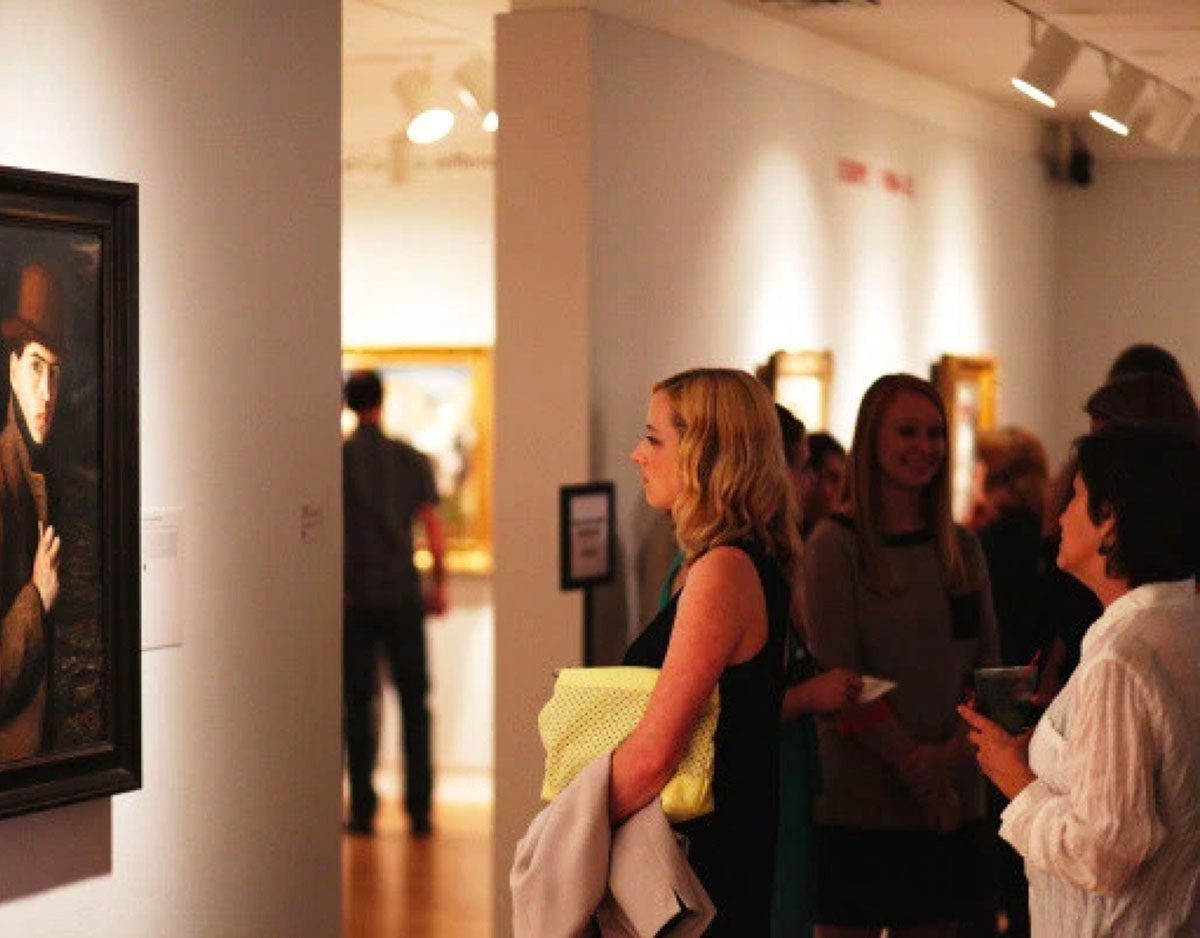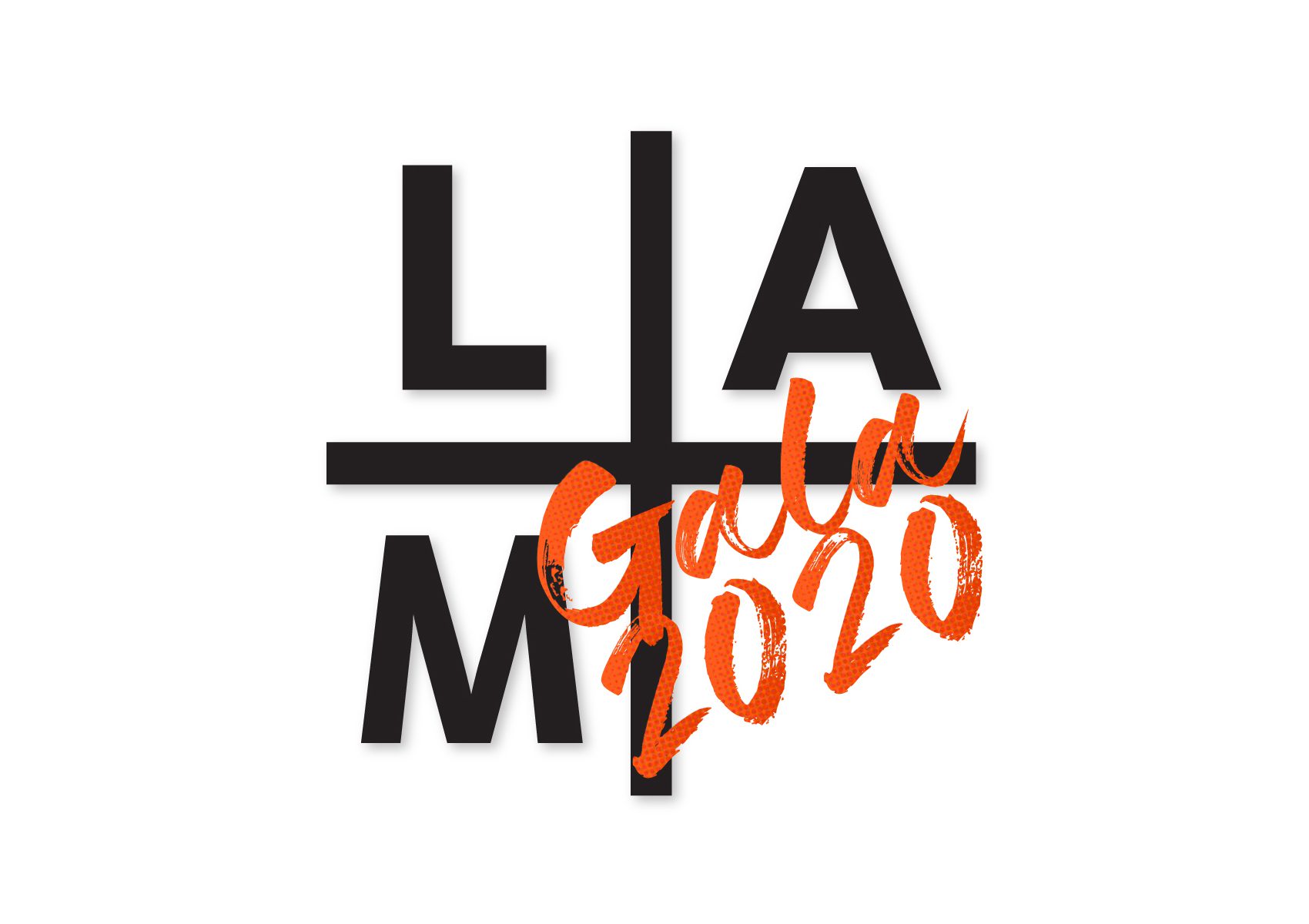Exhibit Overview
Beginning in the 1930s, many American artists turned their attention to scenes of everyday life, which they rendered in a realistic style. Often their paintings celebrated the development of the modern city and its hustle-bustle of activity. This exhibition focuses on urban scenes of Los Angeles by the group of artists—most members of the California Water Color Society—who were the leading proponents of “American Scene” painting in California. Among the artists included are Lee Blair, Phil Dike, John Haley, Emil J. Kosa, Jr., Barse Miller, Elmer Plummer, Noel Quinn, Retta Scott, Millard Sheets, and Edouard Vysekal.
Los Angeles was on its way to becoming a modern metropolis by the end of the 20s. The distinctive City Hall building opened in 1928; a year later UCLA opened its first four buildings on the Westwood campus. In 1930 the Los Angeles Pueblo was remodeled as the area called Olvera Street. Union Station opened in 1939; its building combined multiple styles of architecture—Mission, Spanish Colonial, and Modern—which seemed fitting for a city with such a diverse population. The city boasted parks, clubs, art galleries, and theaters that were alive with activity. The movie industry was burgeoning, gainfully employing artists in a way that was especially welcome during the depression. When not at the Hollywood studios, or teaching, artists painted colorful records of the exciting big city life around them.
Curated by Laguna Art Museum’s Curator of Historical Art Janet Blake, this exhibition is on view in the museum’s lower level galleries.

Subscribe To Our Newsletter
Receive news about collections, exhibitions, events, and more.








